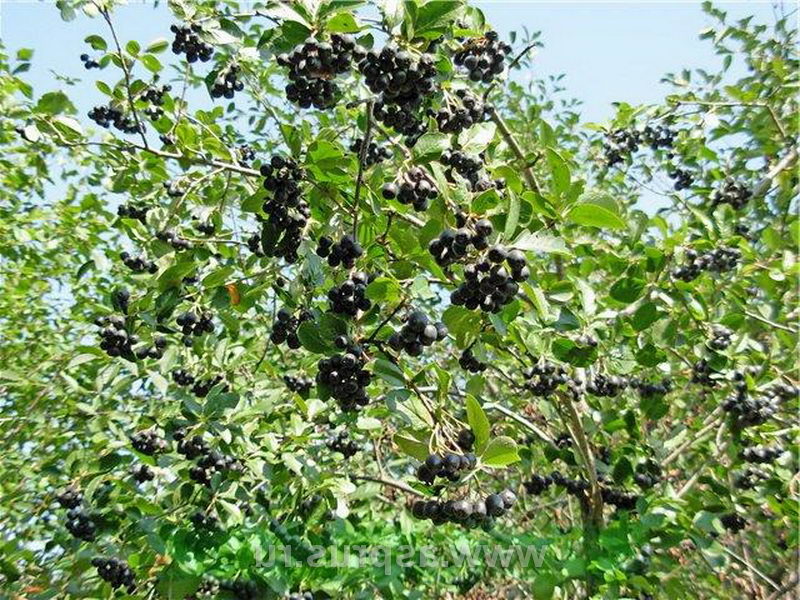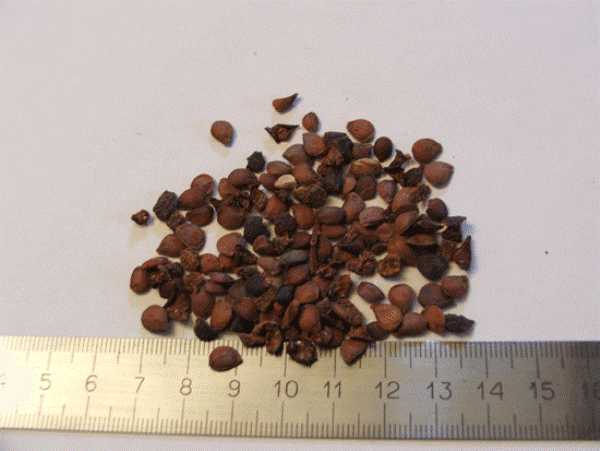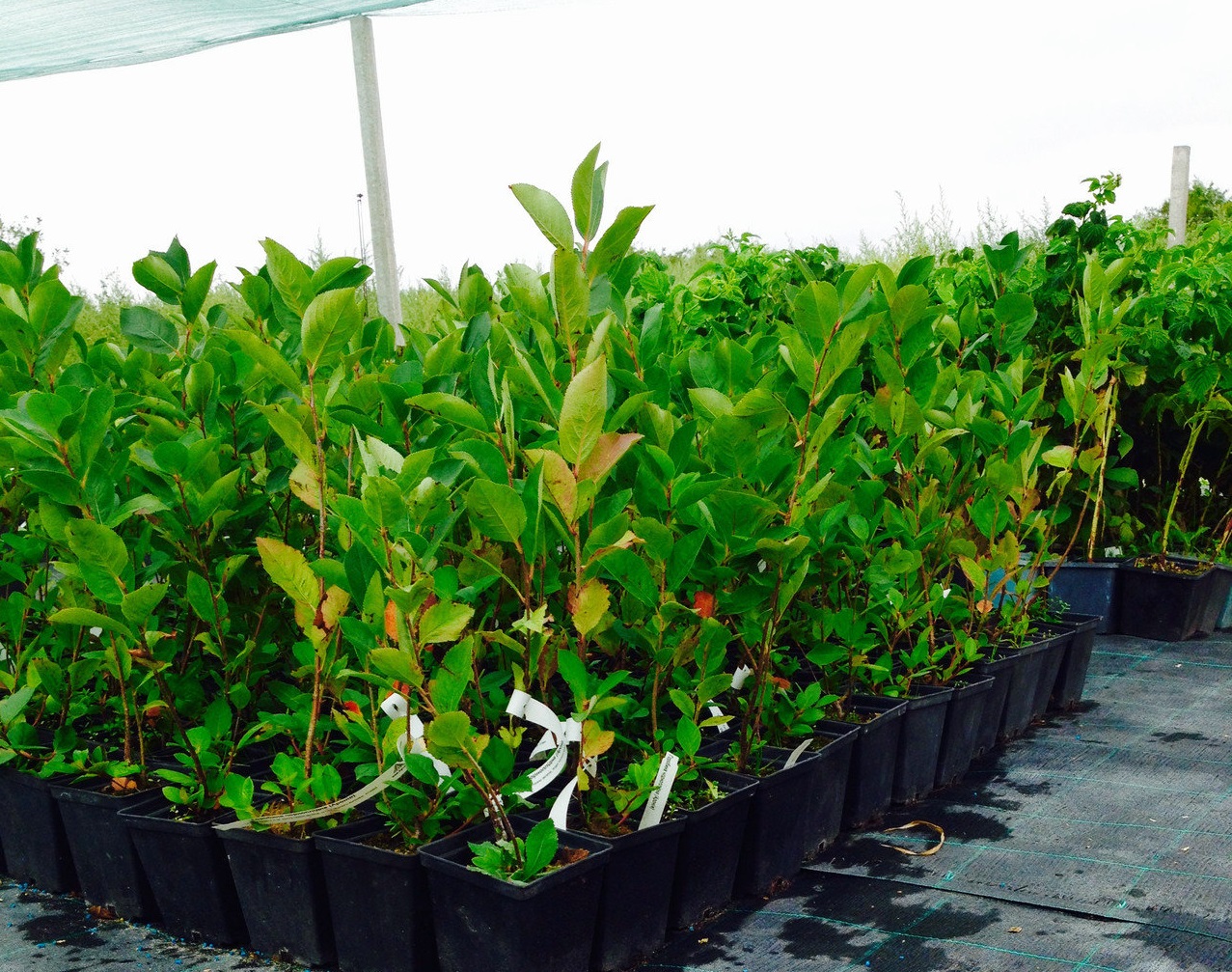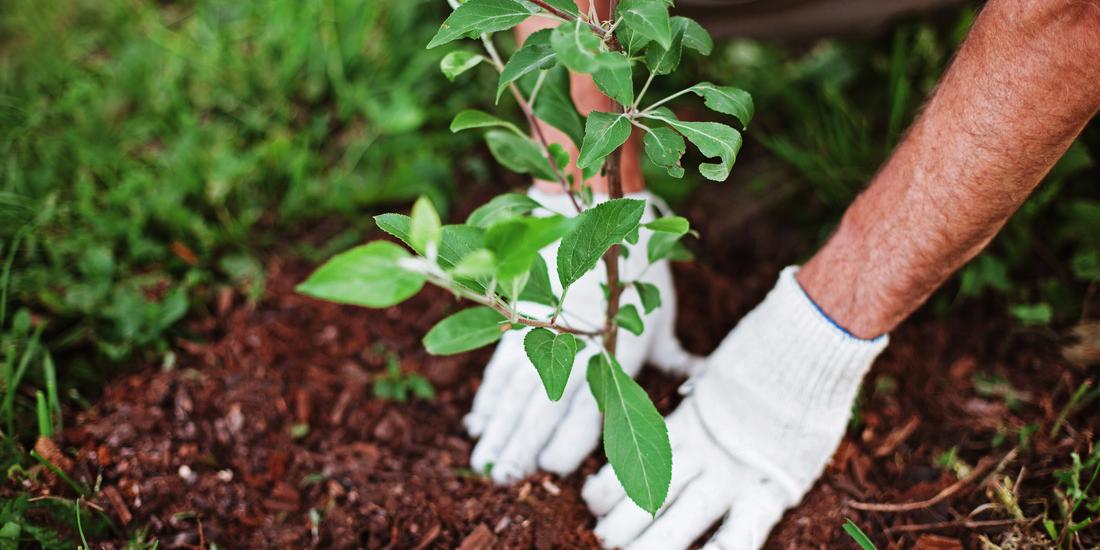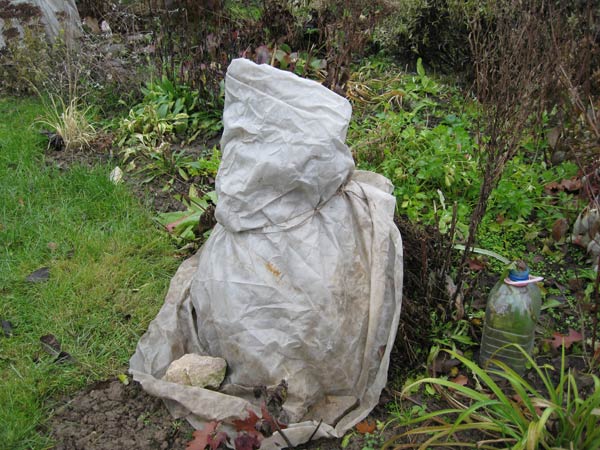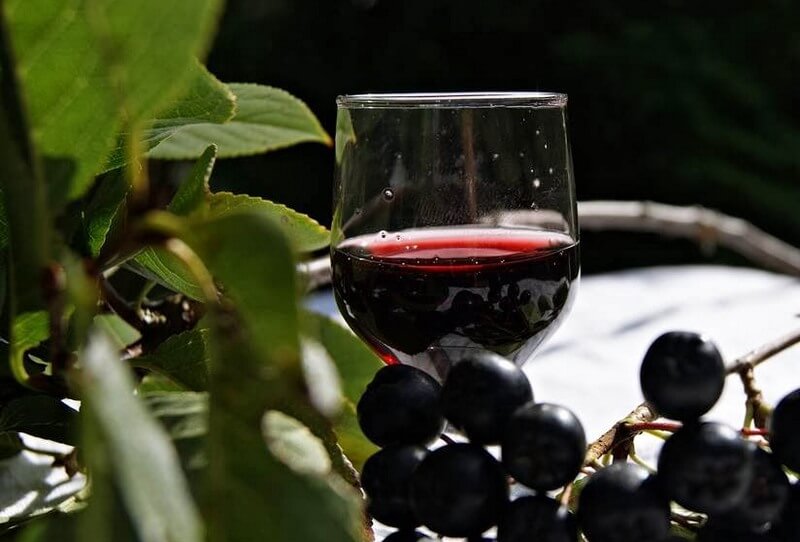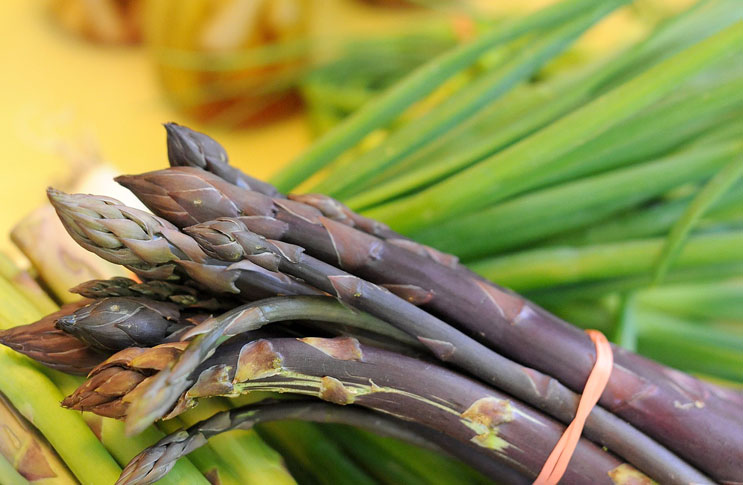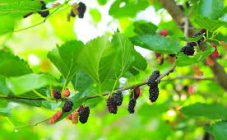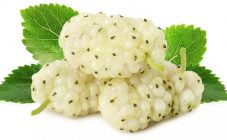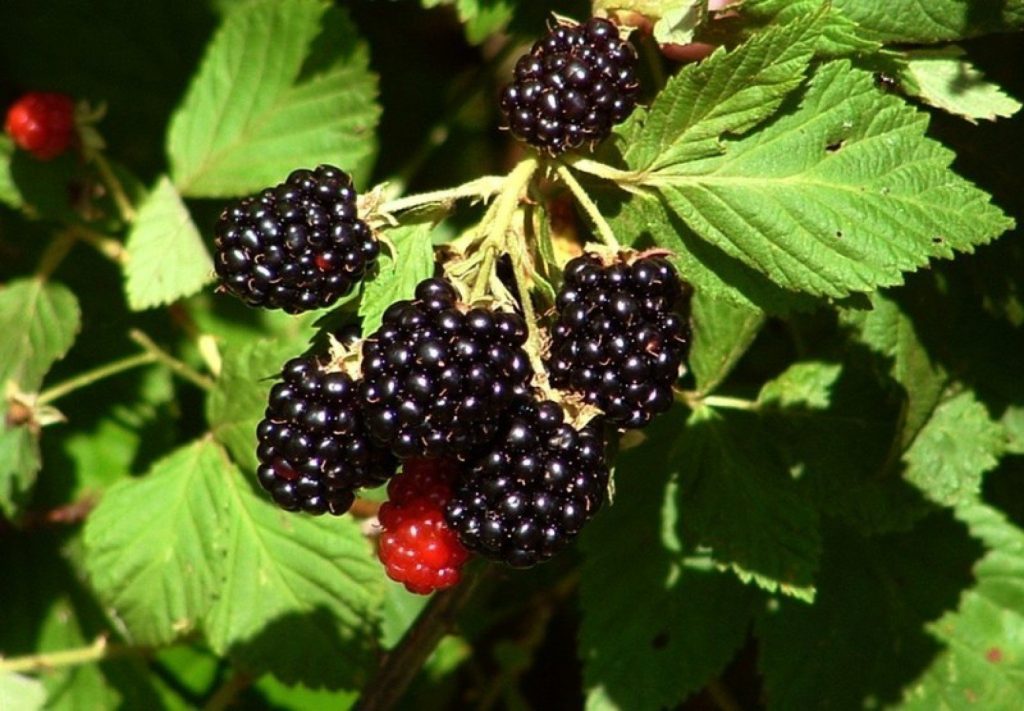Content:
Chokeberry, or chokeberry, is a drought-resistant, unpretentious and frost-resistant plant. Thanks to these qualities, chokeberry can be grown both in dry soil and in places with a high groundwater table. With proper care, the growing season of the culture begins quite early, and due to its decorativeness, mountain ash is often used when decorating a hedge or any landscape composition.
Because of the medicinal properties, rowan fruits are popular with everyone who resorts to treatment with folk remedies. The plant has a high content of antioxidants, which brings tangible benefits, and its special genetics contributes to the fact that mountain ash has stable and high yields even with minimal maintenance.
Information and description of agricultural technology
Chokeberry was obtained as a result of an experiment in which scientists crossed the mountain ash and chokeberry. Aronia grows in sandy plains, marshlands, and the mountain slopes of the United States. The tree-like shrub is undersized and unsightly, different from the chokeberry that is grown in our time.
In Russia, the bush was cultivated by the famous Russian breeder I. V. Michurin. Since the variety is resistant to various diseases and winter-hardy, it has taken one of the leading positions in a vast territory, including the north-west of Russia, Siberia and the Urals. This plant is grown in almost any climatic conditions.
The chokeberry will feel great in the lowlands, where groundwater is at a level of 2 m.This is due to the fact that the root system of the culture when planting is submerged shallowly - up to 1 m.If there is not enough moisture near the roots, this will lead to a decrease in productivity and winter hardiness ... Different types of soil are suitable for growing black chokeberry, namely:
- gray forest;
- black soil;
- sod-podzolic;
- drained peatlands.
It is not recommended to grow mountain ash in swampy, saline and rocky areas of the land. The plant is planted by gardeners as a combined hedge, as well as to decorate spacious areas. The shrub strengthens ravines or perimeter of household plots, which are located near bodies of water or cliffs.
How to propagate black chokeberry
This variety of mountain ash can be propagated both by vegetative and by seed method, any one ensures the preservation of varietal characteristics and characteristics of the parent culture. Experienced gardeners recommend propagating mountain ash using the seed method or with green cuttings.
To propagate black chokeberry by means of green layers, you must first familiarize yourself with the rules for dividing cuttings and creating conditions for early rooting.
The length of cuttings cut from a young tree should be no more than 15 cm.All foliage must be removed from the lower part. On the surface of the bark, make 2 incisions from the bottom, as well as 1 incision in the upper part, under the kidneys.
Before planting black chokeberry, it must be treated with a stimulant in order for the roots to form: lower the lower part of the cuttings into the solution of the product and hold for at least 8 hours. After that, the plant can be planted in greenhouses, maintaining a distance of 4 cm between seedlings. The final stage will be abundant watering of the soil and covering the greenhouse with a film, which will need to be opened after 3 months.
For seed reproduction of chokeberry, it is necessary to obtain plant seeds. Rowan fruits must be rubbed through a sieve and rinsed in water, separating the pulp. To ensure high germination rates, chokeberry seeds need stratification. Reproduction of a plant by this method takes place in several stages:
- The sand must be calcined and mixed with the seeds, then put on the bottom shelf of the refrigerator for 90 days. Be sure to moisten the sand throughout this time.
- In the second half of April, you can plant seeds in open ground. You need to choose a suitable site and make holes on it 8 cm deep, then sow the planting material and cover it with earth. Mulch the plantation using humus.
The seedlings will grow up a little and next autumn they can be transplanted and grafted, and before that, care should be provided, including systematic watering, loosening and feeding, which is usually used as slurry.
After the next 5 leaves appear, they must be thinned again, maintaining a distance of 6 cm between the seedlings. With the onset of next spring, the seedlings must be thinned out with a distance of 15 cm, otherwise they will not bloom.
How to choose the right chokeberry seedlings
To date, breeders have bred various varieties and hybrids of black chokeberry, popular are Viking, Rubina, Hakkia, Kutno and Chernookaya. They are very similar in appearance, but differ only in terms of fruiting and taste. The main criterion for choosing planting material is the climatic conditions of the proposed growing region.
For the effective cultivation of black chokeberry, you need to buy seedlings that are 1-2 years old, while you should not neglect the following quality indicators:
- the height of the seedlings should be no more than 1.5 m;
- healthy bark, the absence of any signs of damage on it;
- the norm of the length of the root system is at least 25 cm, including the overgrown roots.
How to plant seedlings correctly
The preparation of the substrate and the planting pit must be done in advance, optimally - 2 months in advance. During this period, the soil mixture will absorb the nutrients necessary for the subsequent development of culture. The dimensions of the landing pit are 60 * 60 * 50.
The top layer of earth from the pit must be mixed with 120 g of superphosphate, 60 g of potassium sulfate and 2 buckets of compost or humus. Sprinkle the bottom of the hole with a drainage layer (broken brick or rubble). Before planting trees, they need to be examined.If damaged roots are found, they must be cut off. If the roots are dry, the tree should be placed in a container of water for 10 hours.
If the soil is light, the seedlings need to be buried 7 cm, and if the soil is heavy, 3-4 cm. After the soil has settled, the root collar should be 3 cm below the ground surface. Based on the recommended criteria, a mound must be formed at the bottom of the hole, using a prepared substrate for this. Then distribute the roots of the seedlings evenly, avoiding unnatural bending of the roots, otherwise they may turn yellow and die.
It is imperative to compact the trunk circle, and water the seedlings abundantly with water. For mulching, you can use wood chips, grass cuttings, sawdust or peat. The final stage will be pruning the above-ground part of the seedlings after planting, during which no more than 25 cm of the length of the branches should be left.
Crop follow-up
Requirements for the care and cultivation of chokeberry are minimal. Seedlings planted in the fall must be carefully prepared for wintering. To do this, they are covered with spruce branches, and if the winter is not very snowy, it can be covered with snow.
Chokeberry rapidly forms shoots, therefore its crown thickens strongly. Root shoots of young shrubs should be removed and opened only those that have the correct direction of growth and a healthy appearance. In the process of preventive pruning, it is recommended to remove rotten, bare and old branches.
Rowan is a moisture-loving crop, so it must be watered throughout the growing season, as well as during the formation of fruits. If the weather is hot, the plant will need watering every 7 days. Twice throughout the season, it is imperative to loosen the soil near the trunk circle, remove weeds.
Where is the plant used
The useful fruits of chokeberry can be consumed both fresh and made into juice that can stop bleeding, fight hypertension and anacid gastritis. You can also make wine from the berries, which is distinguished by its useful qualities, and jam, which can be enjoyed in winter. If you combine the juice and fresh fruits of chokeberry with rose hips, black currants and honey, you can effectively fight burns on the body and lower blood pressure.
It is worth noting that contraindications to the use of chokeberry fruits are diseases such as varicose veins, gastritis with an increased level of acidity and gastric ulcer.
Due to its decorative properties, the shrub can be used as a decoration for a garden or a hedge in a personal plot. Throughout its flowering, the plant will certainly attract the eyes with white inflorescences, and with the onset of autumn, the color of the foliage will turn purple.

